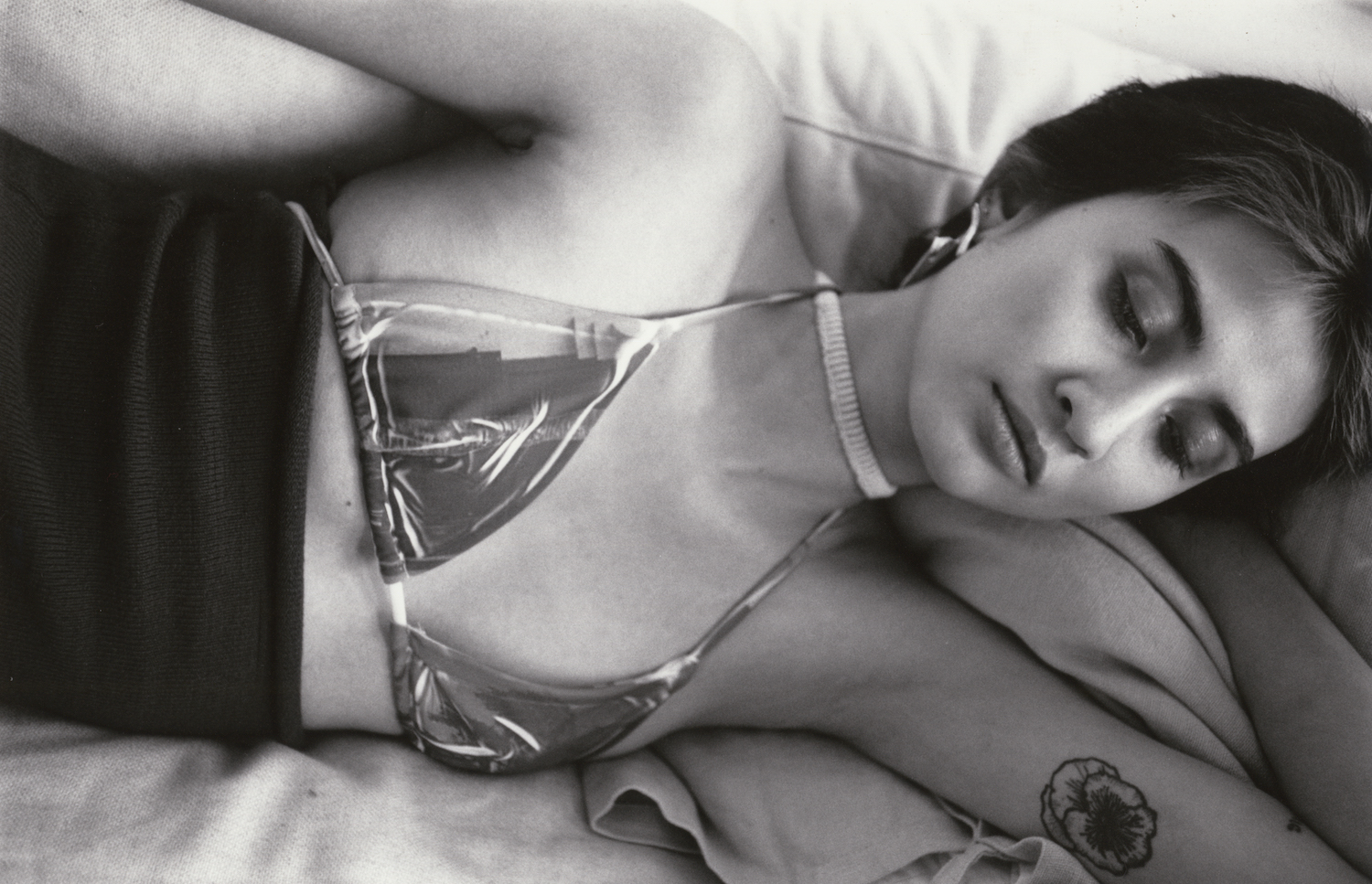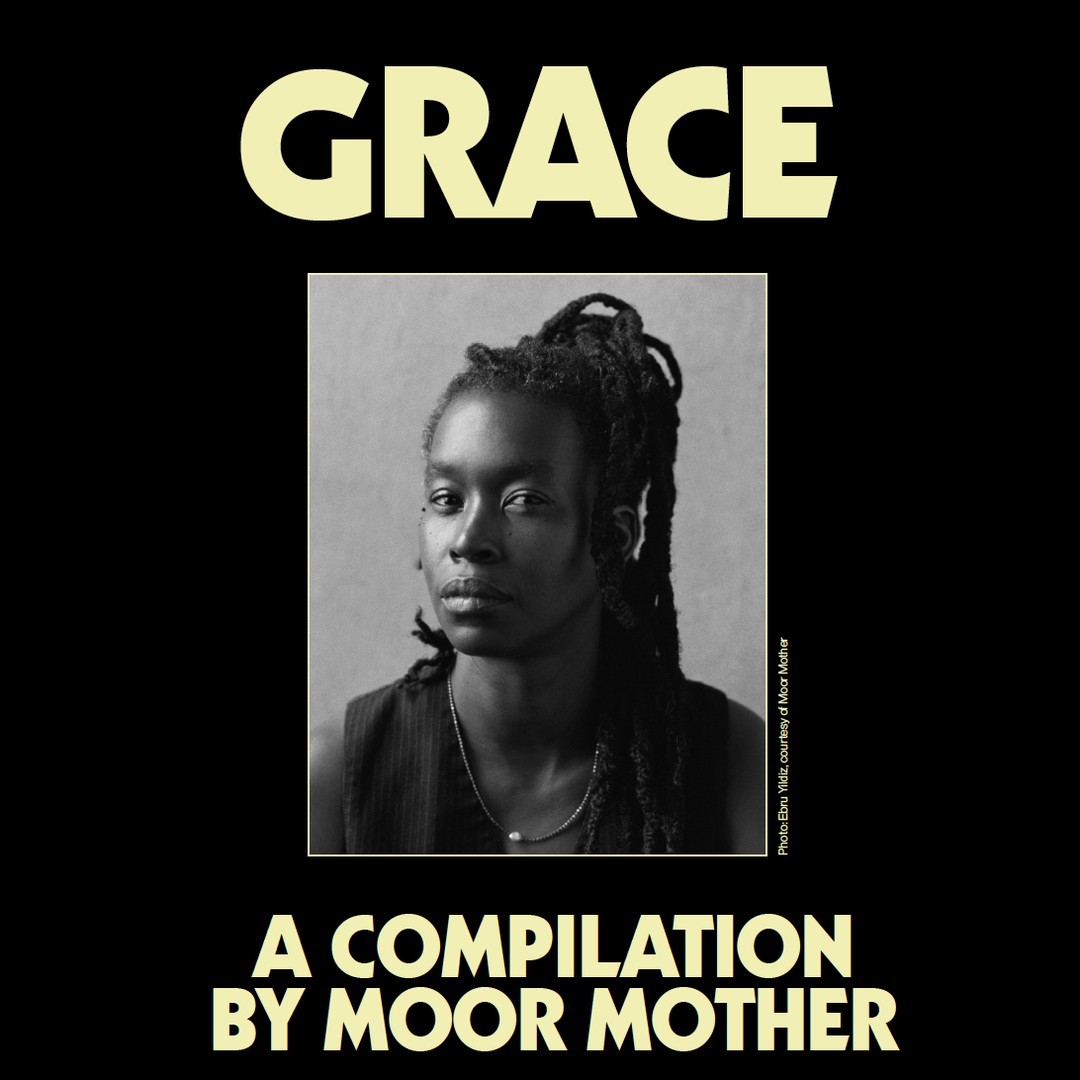After graduating from London’s Royal College of Art, the designer talks to INDIE about conceiving her latest collection.
What drew you to knitwear?
I began my studies in fashion with traditional ready to wear, cut and sew garment construction, but after two years in my studies, I felt bored with the limitations of ready-made fabrics. I became aware of a FIT’s study abroad program in Milan and took my chances! I specialised in knitwear design and became very determined in mastering its techniques. It was the right decision for me at that time. This led me to experiment even more and challenge myself during my MA studies at the Royal College of Art in London.
There’s something about knitwear that seems so traditional–it’s less associated with innovation and pushing boundaries than perhaps other fields in fashion. How do you combat that?
I don’t think there’s a combat at all. Unlike ready-made fabric, creating a textile from scratch gives you the opportunity to create whatever structure you desire with just one or multiple yarns. I believe there are endless possibilities to explore in knitwear and it’s amazing to see the outcomes. With new technology such as computerised knitting, you are able to create a garment in just a matter of minutes. For me that’s very powerful! In knitwear there is so much liberty when creating. Like any other practice, there are rules and guidelines to follow in order to create something “correctly”, however once you master it, you can break away from the established rules.
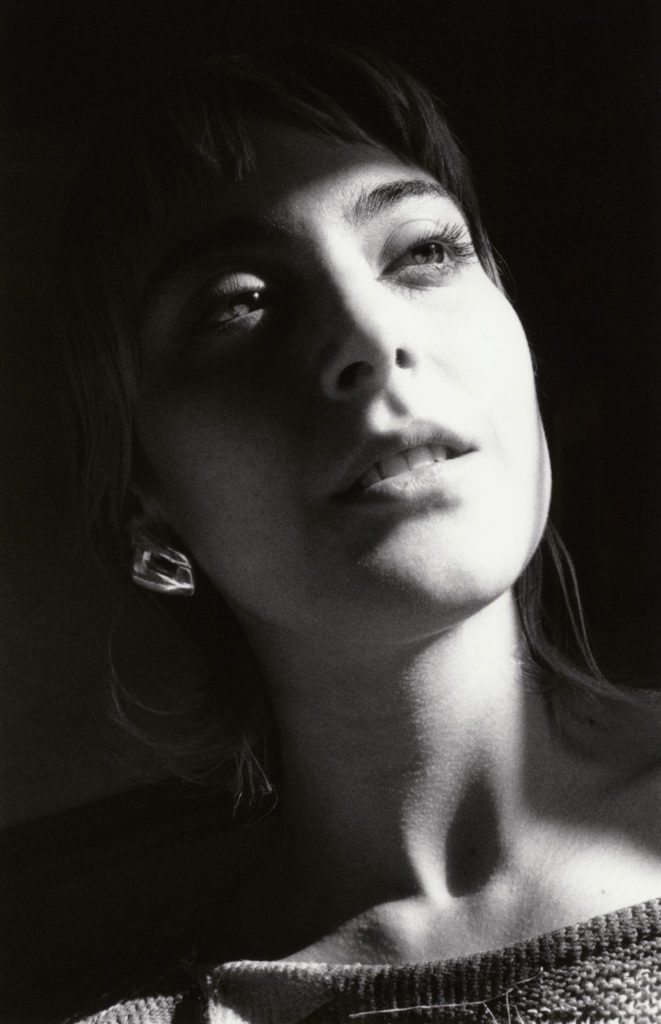
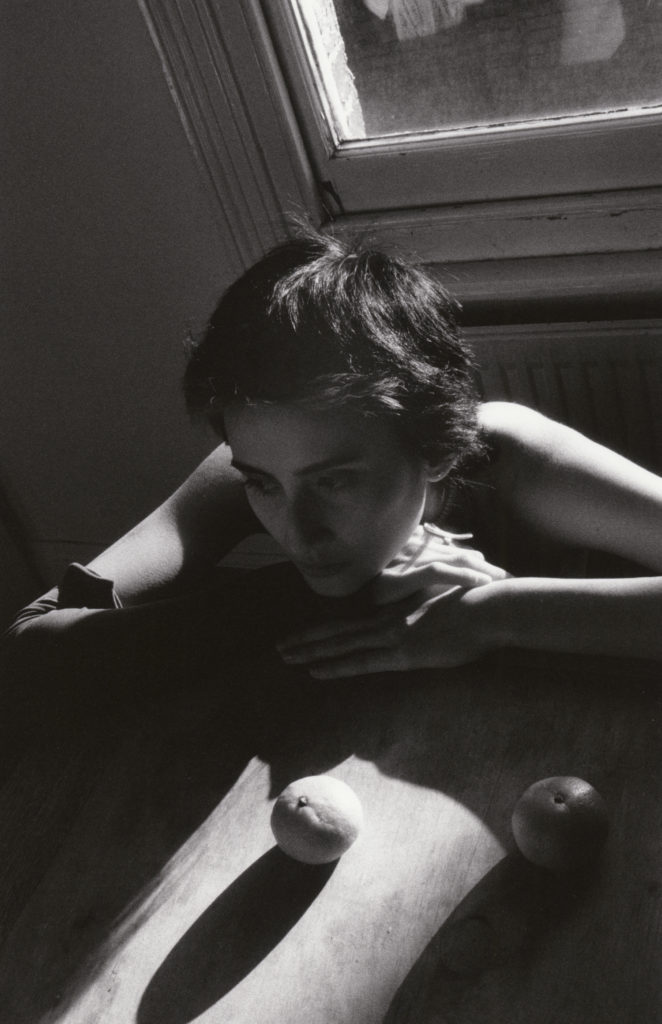
Who do you create for?
The only requirement I look for in a customer or “muse” is somebody who is sure of themselves–a person who knows who they are and don’t need to flaunt their possessions to be noticed. If anything, they are the ones giving life to the garment. It’s up to them to interpret my garments to fit their lifestyle.
What’s on your moodboard?
Images taken by me mostly from Puerto Rico and of people, lots of text, notes that complement the images, to-do lists and lots of knit swatches.
Who was your first style icon?
My grandmother–whenever I would visit her house I would browse through her closet and jewelry box to try things on. Whatever item she thought I carried well, she would let me take home with me.
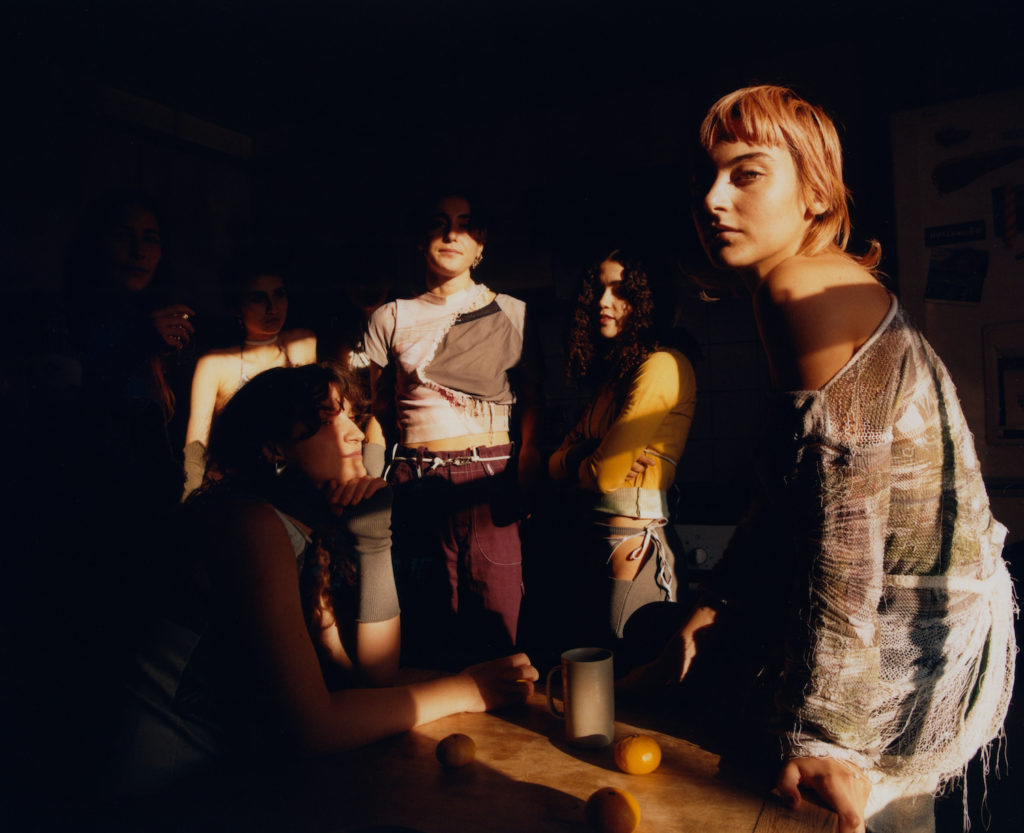
What’s the most important piece of advice you got at RCA?
The most important advice came from my own peers–to do whatever comes naturally to you. To follow your gut and to ignore opinions that don’t benefit your flow. Everybody will always have an opinion about your work, it’s up to you to take into consideration the ones that truly matter.
How would you describe your own style?
Comfortable, practical and layered. No make-up and big hair. What you see is what you get.
